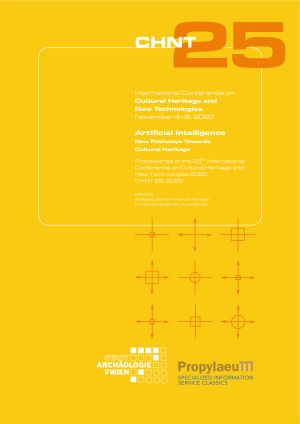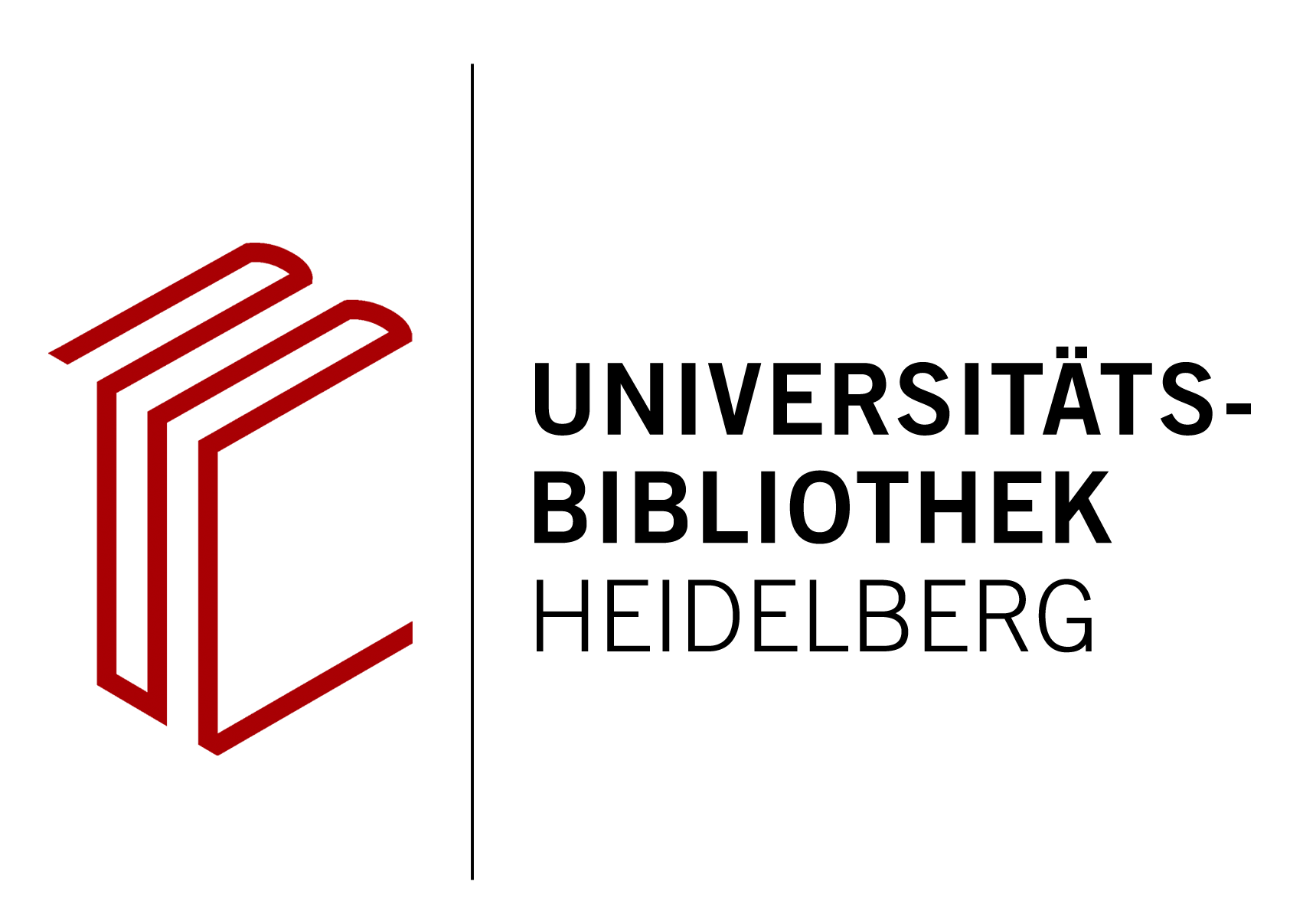
Zitationsvorschlag
Lizenz

Dieses Werk steht unter einer Creative Commons Namensnennung - Nicht-kommerziell - Keine Bearbeitung 3.0 International -Lizenz.
Veröffentlicht
Downloads
Artificial Intelligence
New Pathways Towards Cultural Heritage
Die 25. internationale Konferenz „Cultural Heritage and New Technologies“ fand 2020 zu dem Thema „Artificial Intelligence – New Pathways Towards Cultural Heritage“ im Wiener Rathaus statt.
Die Beiträge behandeln computergestützte Verfahren in allen Bereichen des Cultural Heritage, mit besonderem Schwerpunkt auf dem Einsatz von „Künstlicher Intelligenz“. Die Themen umfassen Fernerkundung, Datenerhebung- und Modellierung, sowie Methoden zur Analyse und Präsentation von digitalen Daten in Archäologie und Denkmalpflege. Der Band enthält zudem die Zusammenfassungen der Round-Table-Gespräche, Abstracts zu den auf der Tagung präsentierten Postern sowie die Beiträge einer Sonder-Session, die dem 25. Jubiläum der Konferenz gewidmet war.






